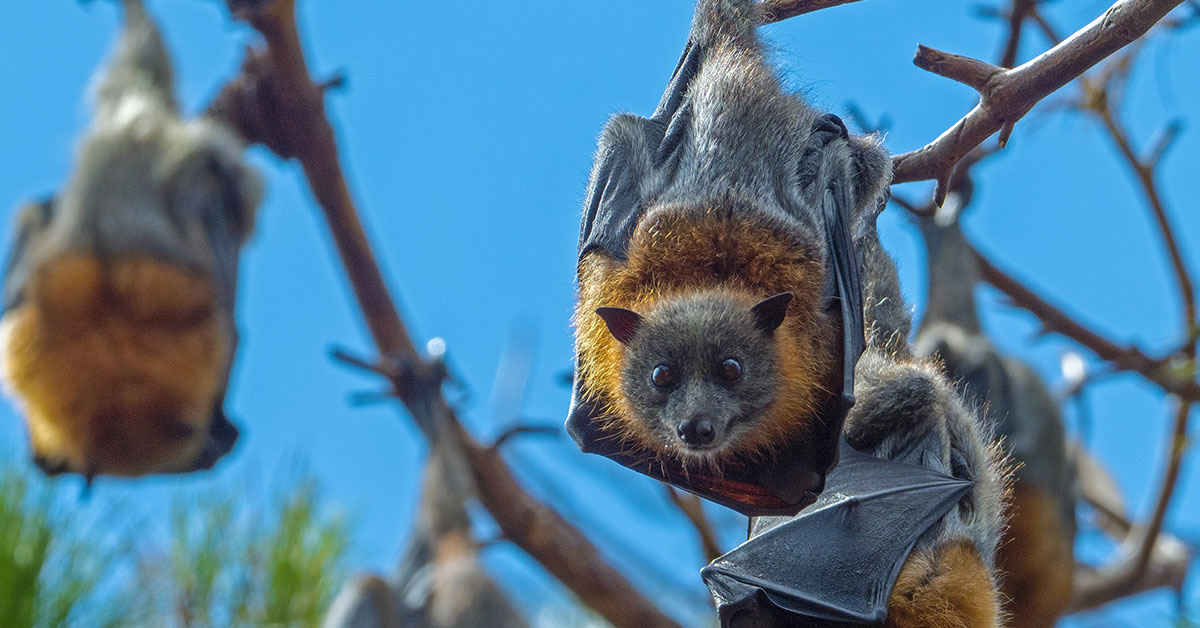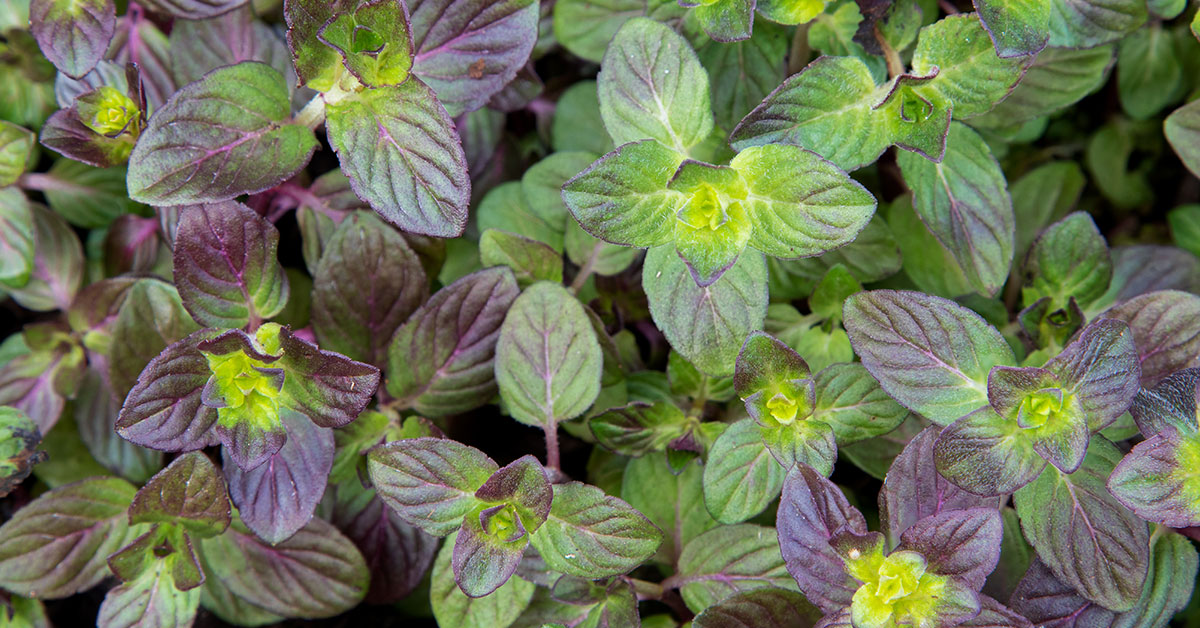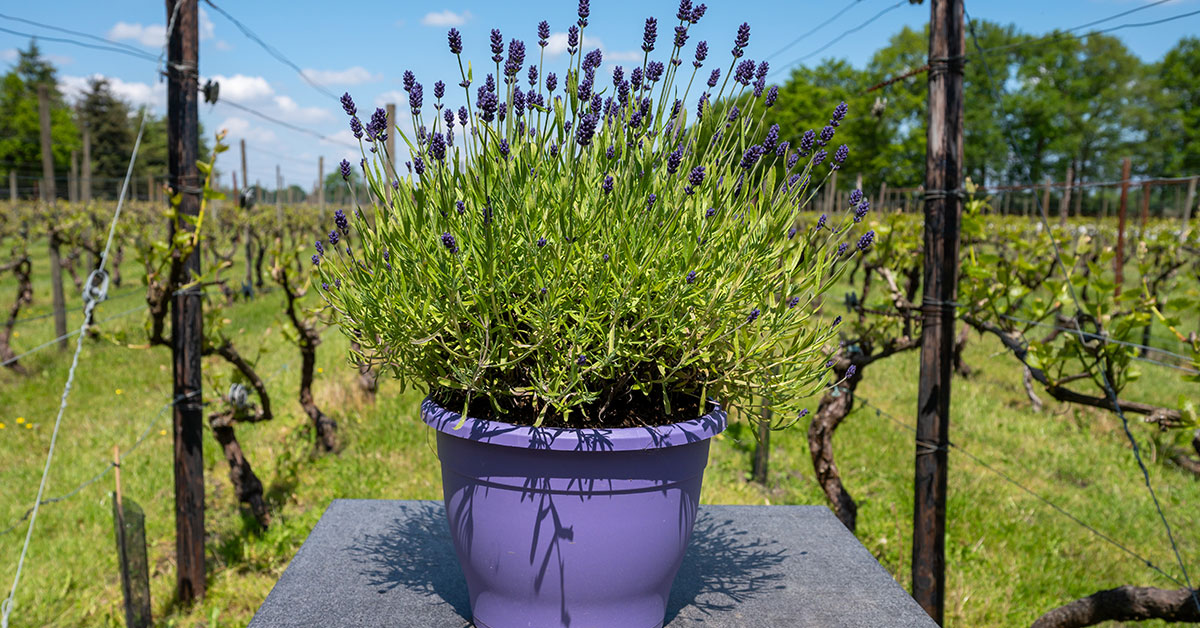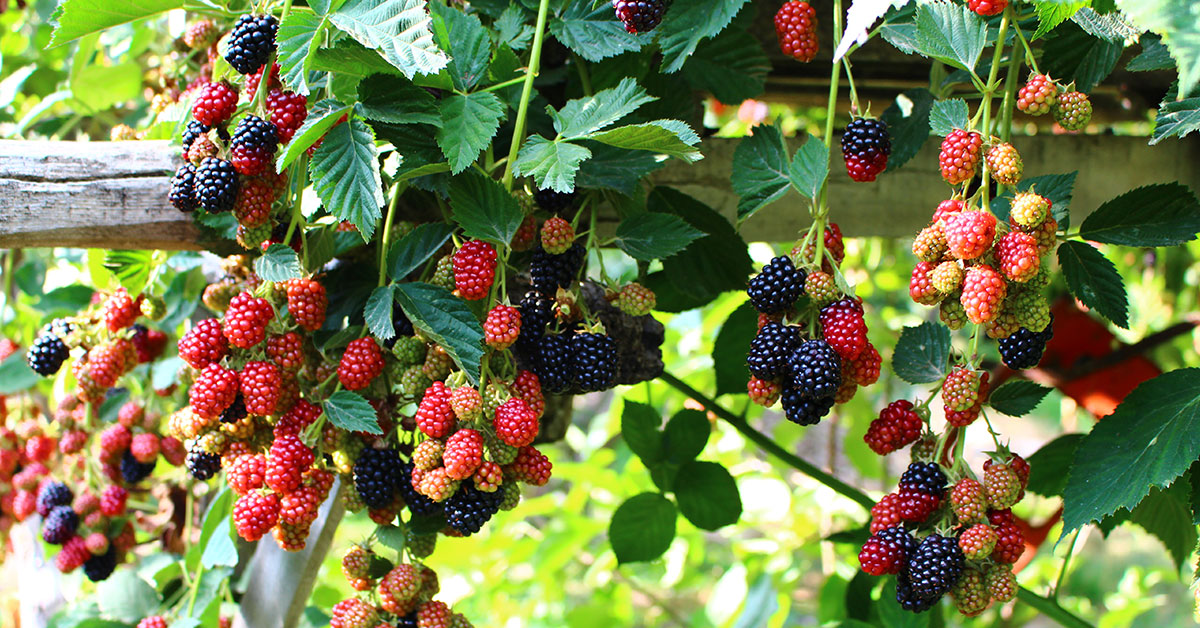Bats are one of the most helpful and beneficial creatures to have in your garden. Not only do they offer natural pest control, but they also bring a unique charm to your outdoor space. Attracting bats to your garden can be a great way to enhance your landscape and help the environment. With the right setup, your garden can become a safe haven for these amazing creatures, and the benefits are well worth the effort. We’ll discuss the advantages of how to attract bats to your garden and the benefits of having them.
Why Attracting Bats To The Garden Can Be Beneficial
Attracting bats to your garden can be a great way to help keep local insect populations in check. Bats are efficient predators that can consume thousands of insects each night. As a result, having a few bats in your garden can help reduce the number of pests that could otherwise damage your plants. Not only can bats provide natural pest control, but they can also be an entertaining addition to your outdoor space. Watching bats take flight in the evening can be a thrilling sight and add a unique wildlife element to your yard.
Bats are some of nature’s most effective pest controllers. They help to keep gardens free from a variety of pests, from mosquitos and moths to beetles and other insects. Bats can consume up to 1,000 mosquitoes in an hour, making them an incredibly efficient way to manage pests in the garden. Additionally, bats often feed on other pests such as moths, leafhoppers, and beetles, making them an invaluable ally in the garden. In addition to their pest-control benefits, bats are also great to have around as they help to aerate the soil and pollinate flowers. All in all, bats are an excellent addition to any garden. As they can provide natural pest-control services while also helping to create a healthier environment.
How To Attract Bats
Bats are an important part of a healthy garden ecosystem. They can help reduce the number of pests and can provide natural pest control. To attract bats to your garden, you should provide them with food, water, and shelter. Planting flowers that produce nectar and provide pollen will attract both moths and bats. Installing a bird bath or water feature in the garden will provide a source of water for the bats. To provide shelter for the bats, install a bat box or create a bat house. It should be placed in a sheltered area, away from direct sunlight or wind. Additionally, make sure to reduce the use of pesticides so that the bats have plenty of food.
Attracting bats to your garden can be a great way to help with pest control and enjoy their natural beauty. However, there are some important precautions to take when trying to attract bats to your garden. First, make sure that you are familiar with local and state regulations regarding bats and their habitats. Second, create a safe environment for the bats by providing them with a roost box and/or bat houses. Finally, remember to keep windows and doors closed while bats are in the area and to avoid disturbing them during the day. By taking these precautions, you can help ensure that bats can safely and happily inhabit your garden.
Coexisting With Your Need Pest Control Team
To ensure a healthy coexistence with bats in the garden, only use bat-friendly pest control methods such as bat boxes, and take measures to prevent habitat destruction or disruption. Avoid using artificial lighting near bat roosts, and be mindful of removing any dead trees or roosting structures. Additionally, it is important to refrain from using any pesticides or herbicides that could harm bats and other wildlife. By taking these steps, you can ensure a safe and healthy environment for bats to thrive in your garden.
Attracting bats to the garden can have some drawbacks. Bats can carry a variety of diseases, including rabies, so people should always be careful when handling them or their droppings. Additionally, many people find the sound of bats to be disruptive and annoying, which can be a nuisance for neighbors. Furthermore, bats are known to eat fruits and vegetables, so the garden may be at risk if too many bats are attracted to the area. Finally, bats can sometimes damage buildings and other structures, as they will try to find their way into crevices and cracks. Overall, it is important to consider the pros and cons before deciding to attract bats to the garden.














